On The Record with San José State’s Bruce Watson
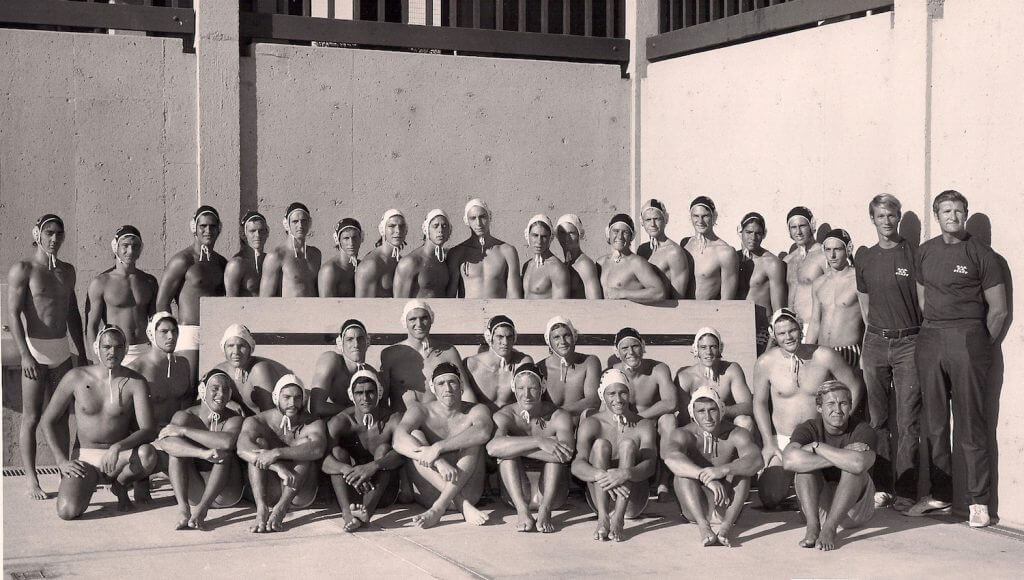
By Michael Randazzo, Swimming World Contributor
Bruce Watson, head coach for the San José State men’s water polo team, exudes the captivating “California Cool” that many associate with the country’s most populous state, Tall, lanky and with an impressive tan that comes from decades as both surfer and water polo player, Watson’s coaching prowess belies his laid-back appearance.
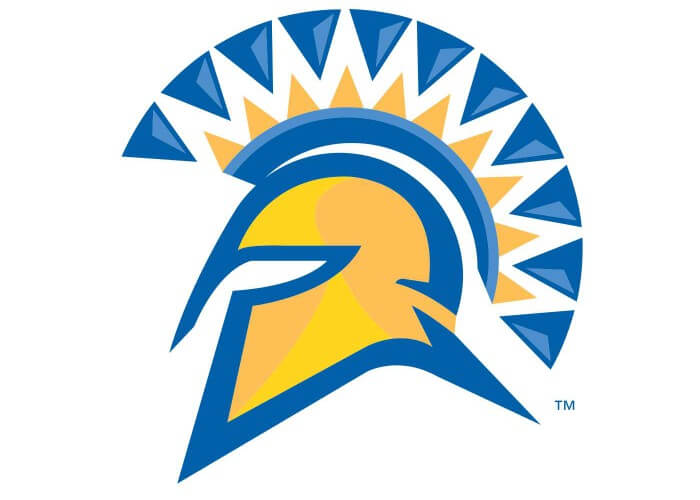
With 638 wins in 31 years coaching at West Valley College, a junior college team located in the San Francisco Bay Area, he is among the most successful coaches of his generation. Besides six California Community College state championships and eleven second place finishes, one high point of Watson’s tenure as Vikings’ coach was an 11-7 victory in 2011 at the NorCal Tournament over Long Beach State, then a member of the Mountain Pacific Sports Federation.
A key member of a group of San Jose State alumni who revived Spartan men’s water polo after a 34-year absence, Watson spoke with Swimming World about California water polo in the Seventies, the Golden Coast Conference’s importance in shaking up the established order of the country’s top programs—Cal, Stanford, UCLA ans USC—the remarkable success his team has achieved in three short years and what the future holds for NCAA men’s varsity polo.
Talk about your history with the sport.
I went to a local high school, played at a junior college out here—De Anza—and then a couple of years at San Jose State where both years we took second in NCAAs. I ended up playing club for a while and had a cup of coffee on the national team in the late seventies.
Right out of college I coached high school [polo] for six years then went over to West Valley College where I coached them for close to 30 years. I was talked into taking over and helping start the San José State program.
What were the 60’s and 70’s like for water polo?
It was definitely different than it is now. Today we see the game spread across the country. If you were to tell me back then that it was going to be in all the places around the country now I wouldn’t have believed you. It was pretty much Northern California and Southern California. We knew somebody played outside of California but we didn’t see them very often.
The club season was extensive back then. The club championships and outdoor nationals, and zone [competition] were much more competitive and popular. For some reason we’ve gotten away from that.
Water polo’s gone through some strange things. There was a time during the early sixties when community colleges beat the four-year schools. That evolved and then NCAA finally kicked in, and the four-year schools became more competitive.
Beside polo, you are an avid surfer. How are these two distinctive aquatic pursuits intertwined?
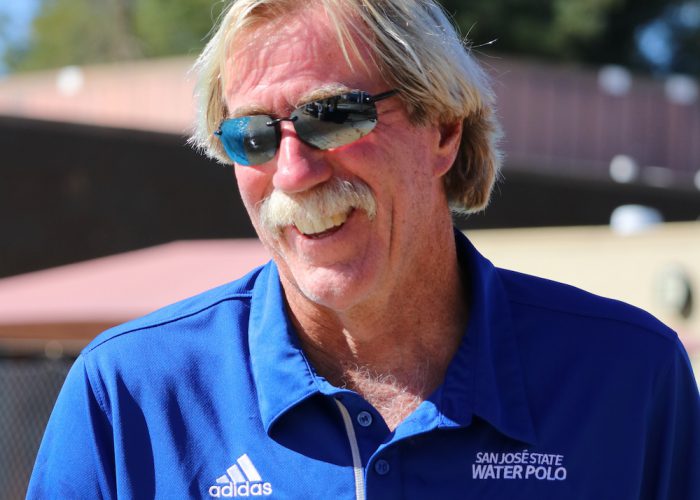
In the 60’s surfers were culturally anti-jock. There was a love of water and playing water polo for a lot of players, especially in Southern California. Beach lifeguards and surfers were involved with the ocean, and the kayakers and everyone else. It just made sense and it turns out that playing water polo made you better conditioned for whatever else you did in the water, whether it was diving or surfing.
With surfing there is a sense of being part of a tribe. Water polo has its own clique as well. Somebody who’s not in water polo doesn’t get it. There is that similar feeling of being part of something that you think is cool.
How did the relaunch of the San José State program come about?
Being a long-time coach in the area and, being an alumnus, it was frustrating to see the sport dropped in 1981. For years we tried to get it back but ran into political problems. The AD at State was never for it, there wasn’t the money, etcetera, etcetera. Our same group about 20 years ago—Bill Simpkins has been really important in helping—got together with a couple of other people and got women’s water polo added at San Jose State.
Bill and I played in junior college together and he went on to Stanford, but he understands the importance of it on the NCAA and intercollegiate levels. And the area level; San Jose State turned out coaches—I’m a perfect example of this. We just kept going into ADs and asking: “Can we get it back?!”
Finally we got the “thumbs up.” [Gene] Bleymaier, a very forward-thinking athletic director, added women’s beach volleyball and said they would add men’s water polo but we would have to fully fund it.
We hit the ground running. Four or five of us were in a meeting and someone said: “Okay, what’s next?” And one of the guys said: “Who’s gonna coach?” Bill looked at me; it was news that he had been even thinking about me [as coach].
We have tremendous support from Peter Uberroth, an alumnus; his grandson plays at Princeton for Louie Nicolao, who played for me briefly. I coached his sister. Louie’s just a tremendous guy. Peter played for San José State in the 50’s and went on run the L.A. Olympics [1984] and was the Commissioner of Major League Baseball. Peter has been super, along with Bill.
Being involved with the sport for so long what I basically did—water polo is pretty much a family. Everybody understood the importance of adding a DI program back at the time. I can’t remember when a previous program had been added. I can think of several that have been dropped but not added in the past 20, 30 years.
Less than half of our donors are alumni. One reason is we haven’t had [water polo] alumni since 1980, but all the other people who are involved in water polo, being a part of the family, they understood how important this was for the sport. This made our fundraising successful in getting people to commit to a five-year donation program.
We’ll always be in donor mode but the better the team does, hopefully the easier that will be.
I don’t know if you recall the pharmaceutical firm Barnes-Hinds; they were instrumental in inventing contact lens solutions. Greg Hind played for San Jose State. He passed away but his widow has been an important donor. She endowed a scholarship in her husband’s name. Greg was a tremendous player, so we appreciate that.
That’s the type of response we got and now we’re just trying to put a good product in the water.
It seems that the overall effort to revive Spartan water polo got an important boost with the development of Golden Coast Conference men’s water polo.
The timing was very fortuitous. We played in the Mountain Pacific [Sports Federation] the first couple of seasons. Because of NCAA regulations I couldn’t recruit for the first couple of years until my season was over at West Valley. We were not very experienced or skilled at the time.
In the long run, spreading out NCAA opportunities to the East Coast and other conferences does nothing but help the sport. It encourages kids to play and to go to different [schools] and have the opportunity to go to NCAAs as compared with: “Well, it’s always going to be the Big Four. We never have a shot.”
The timing was pretty luck and those guys, when we started talking about it, it turned out pretty well. Hopefully the Pac-12 will recruit someone other than paying an East Coast team to fly out there. I don’t know that they can get any of the other Pac-12 teams that don’t have water polo to add the sport but it seems like that would be a goal for the future.
And the conference is super competitive. They take turns beating each other. We lost to Long Beach [State] on a goal with 12 seconds left. We had a chance to beat Pepperdine down there. We beat Santa Barbara and then they beat us in the conference [tournament]. The parity is great and the competition is going to be great and exciting as well.
San José State men’s water polo is now in year three. Are you meeting the goals you set for the program when you first started out?
The plan is to win and do as well as we can. I had a goal to be in the top-ten this season. People told me that’s a stretch and that we were too young for it—but we got close. With one more win at the end we could have made it. 11th is super—we’ll take that.
It was frustrating; in my first two seasons [at San Jose State] I lost more games than in my last 15 at West Valley. But I also realize you can’t win the derby on the donkey. You need to get athletes in there and then you need for them to develop.
One of the difficult things of this season is that we were mostly a frosh and soph team. 253 of our 293 goals were scored by freshman and sophomores. So I’m back at the JC again, but the good news is I’m going to get them for four years.
We’ve got to win a few games for kids to notice us and want to come here; that’s been helpful as well.
It’s interesting that San Jose State brought in an influx of young talent from all over the world. How has the sport in America evolved to include top international players?
I’ve had conversations with a couple of Pac-12 coaches [including] one who started his program a while ago. It took him eight years before he was able to get anyone off of the U.S. Junior National Team roster. And now they consistently win NCAAs.
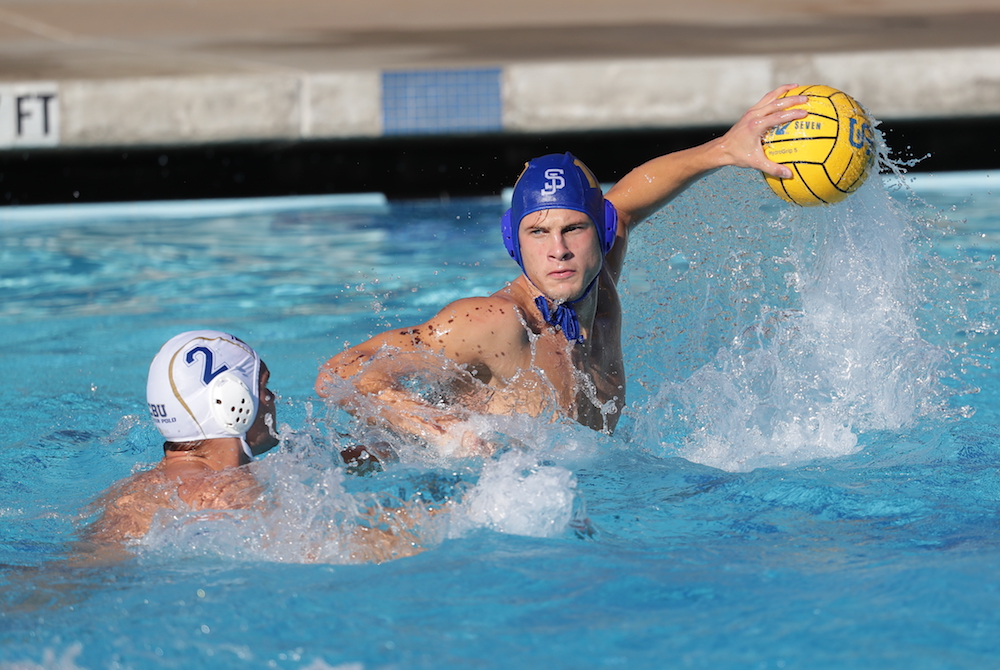
Jacob Mercep set a San José State record with 93 goals and 119 points. Photo Courtesy: Terrell Lloyd
You need to bring in the experienced international kids in order to compete early, and then they make your American kids better. And we all know that the international kids get to play 10 – 11 months of the year compared to the three-month season here. they start [playing] much earlier which plays into the fact that they’re much more developed at this level.
It’s a no-brainer. You see it across all the teams; if you’re looking for talent, and a lot of kids now—because of globalization—they want to come to the U.S. for their college degrees. Kids reach out to all the coaches and it’s a matter of finding the right fit.
It definitely has raised the skill and experience level of teams compared to the past. Back in the 60’s and 70’s, unless you made the national team, intercollegiate players didn’t face international teams or players very often.
Is it possible that top American players are not getting the best opportunity to develop their skills?
It’s a fine line between wanting to compete and at the same time wanting to develop our national team, our junior national team and our presence internationally. Some four-year coaches will say that it’s not their job to do that and there’s a bit of friction between releasing their kids for the national team because they want them to play with [their college teams].
Until there’s another system for these kids to play in we’re always going to be in a situation—especially in water polo—always looking for a miracle on ice when we send our national team [to international competitions]. It’s always a hodgepodge of college kids, maybe a few older guys who played internationally. When we’ve had our most success is when we’ve had an influx of those older players who’ve gone overseas.
Developing the national team, there’s a problem between the NCAA coaches and whoever is the national team coach. In the 60’s they just sent the winning club team. And then they sent the winning club team with a couple of players from the second and third place club teams. Then they picked a college coach to pick the national team and he took most of his college players. It has evolved to where they try to get the best team, and getting the college guys to commit at that international level.
We could have fielded a pretty strong team at the World Junior Championships in Serbia this summer but a lot of the kids were committed to getting ready for the NCAA season.
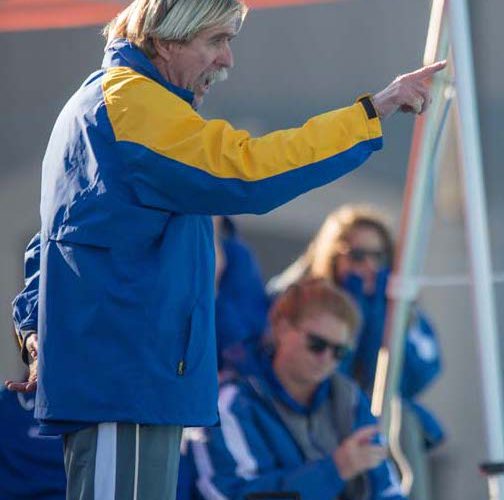
Photo Courtesy: Julian Hawkins
If you look at the bracket for the 2017 NCAA men’s tournament, it looks remarkably similar to the bracket in 2016. What will it take to really shake up the Big Four?
It’s just a matter of time and of things evolving. The Big Four will always be the Big Four. They’re always going to have their own TV channel; they currently have a lock on a lot of good players and some tremendous coaches.
The East Coast game is going to do nothing but grow. It’s hard to compete at that level with your Ivy League schools—which is a similar situation that Stanford has—but some of the other schools that are on the East Coast as they grow and get better and better coaching and better athletes they’ll break into that bubble. And sometime in the future we’ll limit rosters so the big schools can’t do the old Bear Bryant and Alabama thing: recruit everybody so they don’t play against you.
As the sport evolves, hopefully some other people will tap into their alumni and give them a run for their money.




Glad to water polo back at San Jose. I played at the same time at Cal State Hayward. We’d play San Jose every year. Had some great games. Hayward state lost water polo at the same time.
Mike:
Thank you for your comments. Coach Watson mentioned (as have others) how there had been a number of men’s polo programs shut down but none started until the Spartans came back on-line in 2015. Now there’s been two more started (Wagner and McKendree) and Austin College in Texas is slated to begin next fall. Maybe Cal State Hayward is in the future!
One thing that I found interesting was that the JCs in California used to dominate the sport. My experience with polo is not so long so I only see Cal/Stanford/UCLA/USC as the big fishes; perhaps there is a fundamental shift happening (and the GCC will probably be at the center of it…).
Your correspondent
As a SJSU water polo alumni from championship teams in the late 60’s, I couldn’t be more impressed with how coach Watson has brought his team to national prominence in 3 short years.
Obviously there are changes that need to made on a national level if the USA ever wants to be an international powerhouse. We have the talent, we have the facilities, we have the money, but we don’t seem to have the right organization.
Keep up the good work, coach!
Jack:
Thanks for your thoughts; you demonstrate to me what a tight-knit community all of water polo is (though I don’t imagine the Trojans and Bruins get together to carve the Thanksgiving turkey too often!). As you point out, the current Spartan success IS impressive, and a GREAT testament to a legacy that you / other SJS alums share. Perhaps the changes that the GCC has brought will continue to transform NCAA varsity polo in ways yet unseen.
As to the state of our national team—interestingly U.S. Men’s Senior National Team Head Coach Dejan Udovicic was on the USC pool deck last night—when I think about some of the stars playing in NCAAs this year, I am encouraged that the future may in fact be brighter than many realize, thanks to the efforts of great coaches like Bruce Watson and many others.
Your correspondent